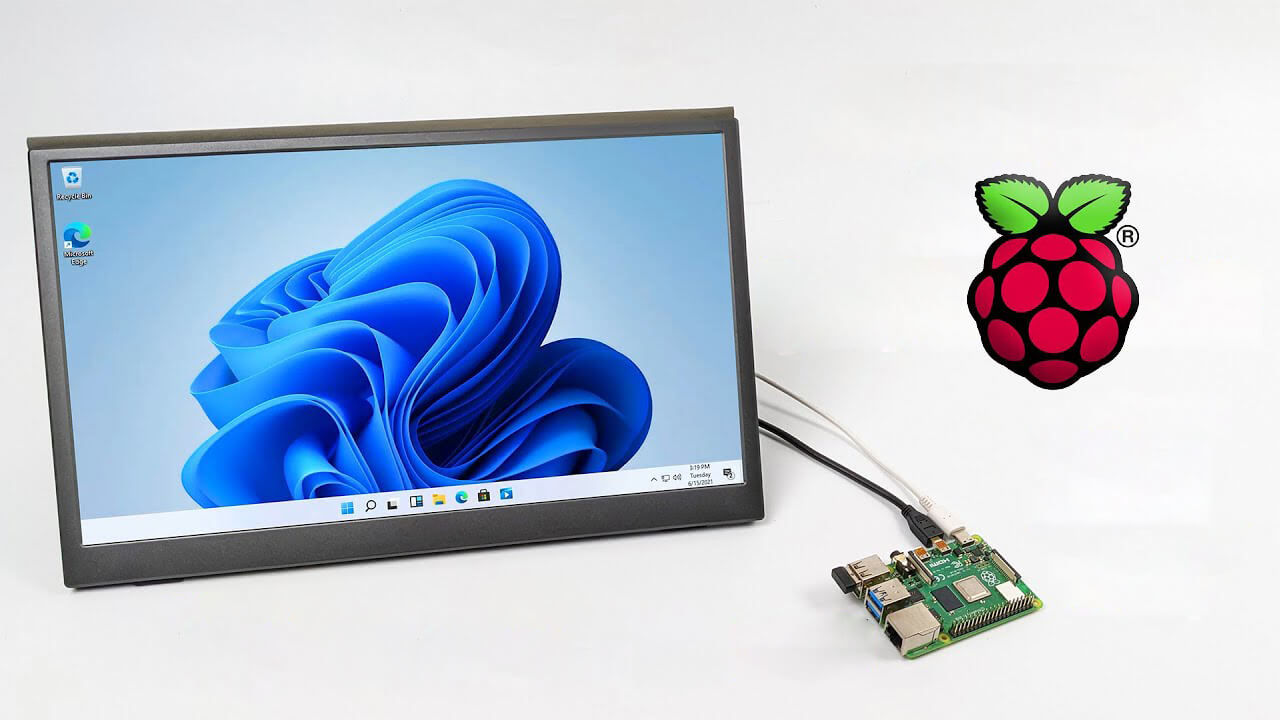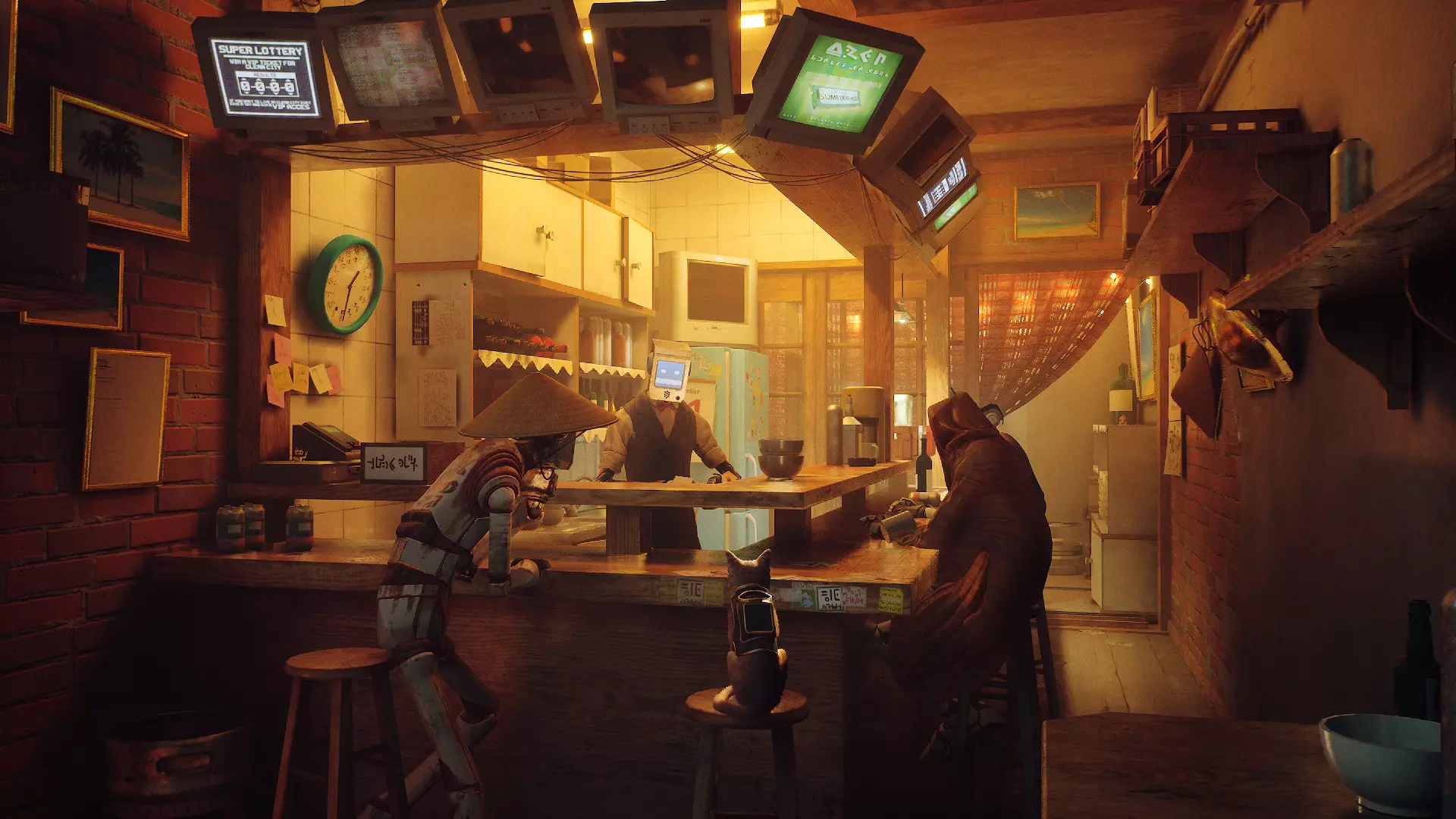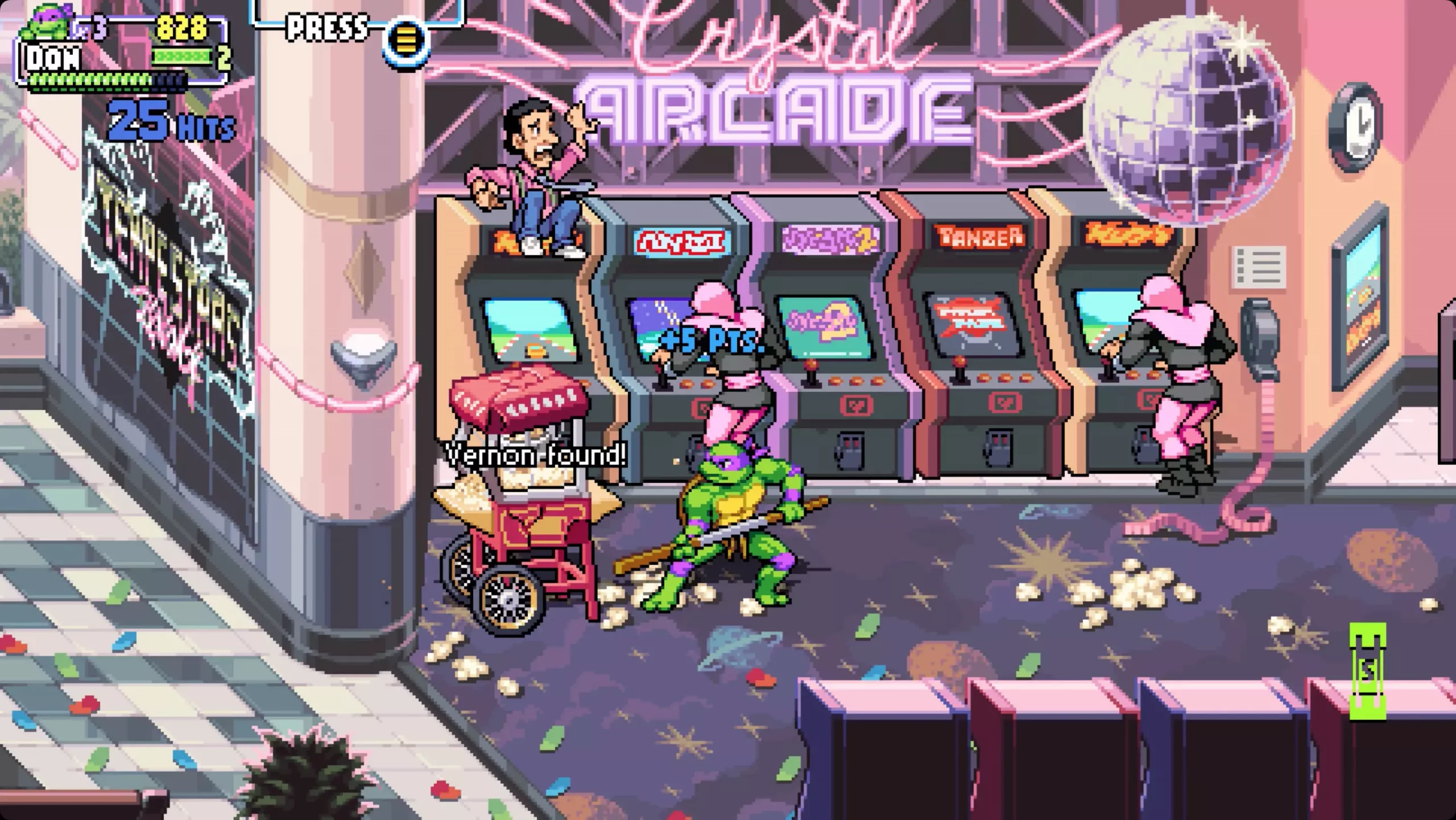 Raspberry Pi 4 and things you need for Windows 11 installation
Raspberry Pi 4 and things you need for Windows 11 installation
In order to actually install Windows 11 on your Pi, there are certain things that you will need. Check out the below list and prepare everything.
- Raspberry Pi 4 4GB or 8GB
- A 32GB or larger SSD via a USB 3 caddy. Best for performance or 16GB or larger microSD card
- USB boot enabled, see below.
- A micro SD card with the latest Raspberry Pi OS
- Windows 10 PC
- USB to Ethernet or WiFi dongle
- Bluetooth dongle (if you want Bluetooth)
- Keyboard, mouse, HDMI, and power for your Raspberry Pi
Configuring Pi to boot from SSD
In order to boot from SSD be sure that firmware and bootloader are up to date on the latest version and upgrade if needed. Be aware that this firmware update can only be performed using the official Raspberry Pi OS. Also if you are eager and want to use a standard microSSD card instead of an SSD to run Windows 11 feel free to skip this entire section.- Boot from microSSD with the latest Raspberry Pi OS on it.
- Update firmware and OS using the terminal by typing sudo apt update sudo apt full-upgrade sudo rpi-update
- Reboot your Pi
- Install the latest version of bootloader again using the terminal with the command sudo rpi-eeprom-update -d – a
- Reboot Pi
- Launch raspi-config on your Pi via terminal with sudo raspi-config
- Select option 3 (Boot options – Configure options for start-up) from boot options
- Select Boot ROM version and press ENTER
- Select latest and then OK
- Select NO when prompted to reset boot ROM to defaults on the latest version boot ROM selected screen. Press OK
- Select Boot order and press ENTER
- Select USB Boot and click on OK and remove microSD card from Pi
- Select Finish and click on NO when prompted to reboot
Creating Windows 11 installation image for Pi 4
In order to install Windows 11 on our Pi, we must create an installation image, follow the steps below explaining the process.- Go to https://uupdump.net/
- Search for Windows 11 Arm
- Select the latest build for arm64
- Select Language on which you would like installer and Windows
- Pick Windows edition you would like
- Set download method to Download and convert to ISO and click on Create download package
- Extract downloaded content into win11 folder and go into it
- Double click on uup_download_windows.cmd
- On the security warning screen click on More info and then on Run anyway
- Wait for the process to finish completely
- Once the process is finished, press 0 to close the prompt
Installing image on microSSD or SSD
If previous steps of instruction were follower precisely you now have an ISO image that can be installed onto microSSD or SSD- Connect SSD or insert microSSD card into your PC
- Go to https://www.worproject.ml/downloads
- Download Windows on Raspberry imager and extract it into the win11 folder
- Open Imager and allow it to make changes to your computer, set your language, and click on next
- Select storage drive where you would like to install Windows
- Set device type and click on next
- Select our Windows 11 ISO image we created and click on next
- On the drivers screen select Use the latest driver package available on the server
- On UEFI firmware select screen choose Use the latest firmware available on the server
- On configuration screen click on next
- Check your setting on the installation overview and if everything is ok click on install
- Wait for the whole process to be finished
- Once the process is completed, close Windows on Raspberry imager, take out SSD or microSSD card from PC and connect it on your Pi along with Pi peripherals.
Setting Windows 11 on Pi
In order to actually use Windows 11 on our Raspberry Pi we now have to set up the Windows 11 install using the standard post-installation setup sequence.- Power up Pi and press ESC when prompted
- Go to Device manager and press ENTER
- Select Raspberry Pi Configuration
- Select Advanced configuration
- Set Limit RAM to 3GB to a disabled state, press F10 to save, and ESC to exit.
- Select Display configuration
- Set the resolution to desired option and press ENTER, F10 to save, and ESC to exit
- Go to CPU configuration
- Check if the CPU clock is set to default, if not set it
- Press ESC to go back all the way to the main menu
- Select Continue to exit BIOS and boot your Raspberry Pi with Windows 11 on it









